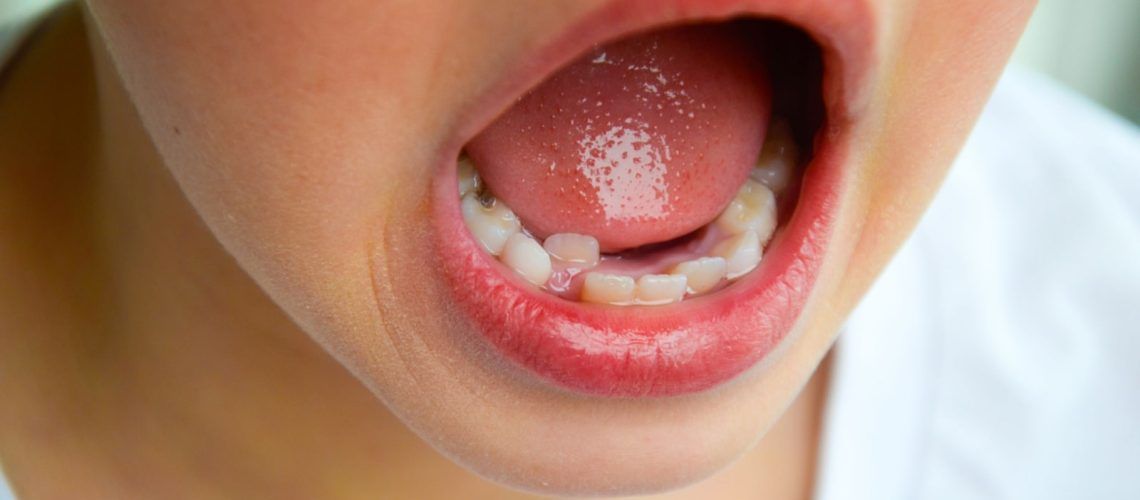Recently, the dental industry has seen an upturn in the popularity of orthodontic treatments. The reasons for this shift are numerous, including an increase in the availability and affordability of this kind of treatment. Further, the newer methods of providing orthodontic care tend to be less visually evident. However, traditional braces remain the most common form of orthodontic care. These orthodontic appliances are a tried-and-true approach to correcting a misaligned smile. They’re also a common culprit in developing white-spot lesions during treatment.
Understanding White Spot Lesions With Braces
The underlying cause of white spot lesions is the demineralization of an enameled area. They take their name from the cloudy white appearance that a lesion has. These white spots clearly indicate that tooth decay has been occurring. This demineralization makes the enamel weaker and more susceptible to the advance of decay. Regular wear and tear can damage these areas with much more ease. Braces can lead to the formation of these lesions due to the difficulty of cleaning around the brackets.
Getting rid of these lesions is difficult but not impossible. You can make important steps in addressing these lesions with a consistent and thorough dental hygiene plan at home. However, this often will not be enough to address it independently. You should always combine this hygiene plan with regular visits to your dentist. They’ll be able to provide treatments and approaches that will strengthen the enamel and stop the advance of decay. Some of the available treatments include:
- Fluoride Remineralization Treatments – Fluoride is one of our most important defenses against tooth decay. This mineral is capable of bonding with enamel and making it stronger than it was before. While it is commonly found in toothpaste and some mouthwashes, your dentist can provide a specific treatment for your teeth. This treatment is often applied using a gel or tray and is highly concentrated.
- In-Office Dental Whitening – While dental whitening can’t restore enamel that’s already been lost, it can impact blemishes. These treatments can reduce the visibility of the white spot lesions. While they are available in over-the-counter versions, your dentist’s services are more effective.
- Composite Resin Bonding – Some lesions can be remarkably stubborn and need additional care to address. Composite resin bonding involves a material that is applied over your teeth, obscuring the visibility of the cloudy enamel. The dentist easily sculpts this material, and it can be tinted to match your natural teeth.
- Dental Veneers – Veneers are another effective approach for addressing minor, aesthetic dental concerns. They’re often composed of porcelain, which has a translucent property that mirrors the appearance of natural enamel. Dentists can use veneers to address multiple aesthetic concerns, including white spot lesions, cracks, chips, and minor gaps and misalignments.
These four treatments are effective methods your dentist can use to address white spot lesions.
Your Dental Provider Can Help Eliminate White Spot Lesions
Contact your dentist if you’re concerned about the impact white spot lesions can have on your oral health and appearance. They’ll bring you in for a comprehensive exam and work with you to develop a treatment plan to address them.

